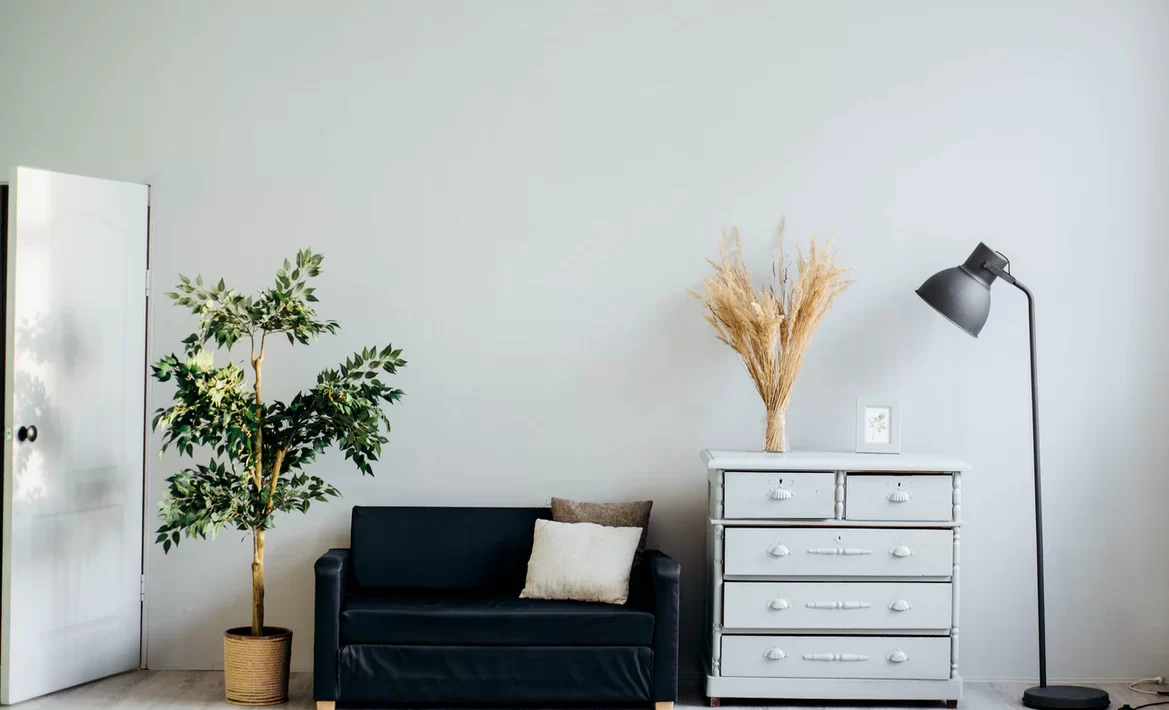Caring for someone with Alzheimer’s or another form of dementia can be difficult. Memory loss is not the only way dementia affects the patients. It manifests in other ways, such as a change in behavior and the inability to carry out simple everyday tasks due to confusion. As your older adult’s dementia symptoms progress, they lose independence, requiring more personal care and support.
The progressive nature of dementia means that your loved one will have more trouble remembering, thinking, and processing things. Hiring the services of a trusted in-home care provider like Husky Senior Care can help ensure your loved one gets more focused care for improved quality of life. You must also make a few changes to your home to create a safer, more dementia-friendly environment. Here are a few simple alterations you can make around your house to create a safe environment and ensure a better quality of life:
Table of Contents
1. Good Lighting
People with dementia can benefit from better lighting in their homes since it helps reduce confusion and the risk of falling. Try to reduce reflections, glare, and shadows. Lighting should be as natural as possible. You can increase natural light by opening curtains and making sure that anything that blocks the windows is removed. Losing track of time is one of the most common symptoms of dementia. Keeping curtains during the day can help your loved one have an idea of time as the day goes by.
You should also make sure that the stairs and toilet are well lit. Automatic light sensors are a good addition since they remove the need to turn the lights yourself. These lights automatically come on when someone passes the sensors. They can also be installed in wardrobes and cupboards to help your loved one find everyday essentials easily.
2. Use Labels and Signs
Labels help you to find out what things are and to know where items are and their uses, such as a toilet sign on the toilet door. These labels don’t have to be words only. You can also include pictures since they help improve memory and vocabulary. For example, putting a picture of a cup on cupboard doors can help your loved one quickly identify what is in there.
Adding labels in your kitchen can also help them navigate easily. Water taps can be marked as hot or cold if your loved one can’t easily tell them apart. You can add instructions on switching the oven or operating the toaster. Poisonous materials like washing liquids, bleaches, or surface cleaners should be labeled to alert your older adult to the danger.
3. Safe Flooring
Flooring is something that easily affects people living with dementia. Rugs and carpets with patterns can look like something you need to step over, leading to falls. A polished or shiny floor may seem wet, which can then be harder for your loved one to walk over. The best flooring is matt and in a color that contrasts the walls or furniture because it makes it easier for them to see the floor. You should avoid colors that can be mistaken for real things, like green which can seem like grass, or blue, which can look like water. You should also eliminate any objects on the floor that could cause tripping.
Endnote
The quality of life of a person with dementia is directly related to their environment. Making your home more dementia-friendly can help increase your loved one’s quality of life. This environment contributes to a better quality of life through controlled and balanced stimulation, avoiding overstimulation or boredom. It also provides a sense of independence. Being able to move around the house and do things alone can give your patient a sense of success, boosting their self-esteem and confidence. It also helps your older adult bond with other friends and family by participating in everyday activities.
I am an Ambitious girl with a special interest in writing and sharing my knowledge. I love to hangout with nature and learn from it. My words will display the power of nature to the best as I love to write about the environment.





